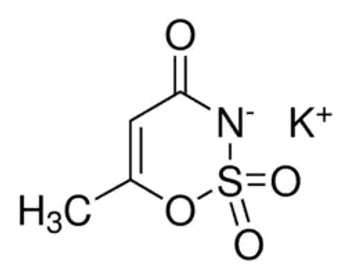Description
Gelatin from bovine skin
Type B, powder, BioReagent, suitable for cell culture
CAS Number:
9000-70-8
EC Number:
232-554-6
MDL number:
MFCD00081638
NACRES:
NA.75
PROPERTIES
biological source
bovine skin
Quality Level
200
sterility
sterile
type
Type B
product line
BioReagent
form
powder
packaging
pkg of 100 g
pkg of 500 g
technique(s)
cell culture | mammalian: suitable
gel strength
~225 g Bloom
solubility
H2O: soluble 50 mg/mL, hazy to strongly hazy, faintly yellow to yellow
shipped in
ambient
storage temp.
room temp
DESCRIPTION
General description
Gelatin is a hydrocolloid and is rich in glycine, proline and hydroxyproline, which impart structural stability. It is synthesized from the alkaline digestion of collagen from bovine skin and is referred as type B. It has wide applications in food industry.[1] Gelatin takes up random coil structure after digestion from the triple helical collagen.[2] The most common source for industrial production of gelatin is slaughter byproducts. The type A gelatin from porcine and type B differ in their isoelectric pH. The N-terminal sequence of bovine gelatin is unique for its identification. It has gelling property and displays surface behaviour for use in foams and adhesions.[3]
Application
Gelatin has been used in many applications. It has use in coating cell culture to improve attachment of cells,[4] being added to PCR to stabilize Taq DNA, as a blocking reagent in Western blotting, ELISA, and immunochemistry,[5] and as a component of media for species differentiation in bacteriology. As a biocompatible polymer, it has been used as a delivery vehicle for release of active biomolecules[4] and in the generation of scaffolds for tissue engineering applications.[6] It has also been used to study long-chain fatty acid-induced changes in gene expression in neonatal cardiac monocytes and to study to test mobilization of capillary endothelium in-vitro induced by effectors of angiogenesis in vivo. This product is recommended for use as a cell culture substratum at 1-5 μg/cm2 or 0.5-50 μg/mL. The optimal concentration does depend on cell type as well as the application and research objectives.
Packaging
100, 500 g in poly bottle
1 kg
Components
Gelatin is a heterogeneous mixture of water-soluble proteins of high average molecular masses, present in collagen. Proteins are extracted by boiling the relevant skin, tendons, ligaments, bones, etc. in water. Type A gelatin is derived from acid-cured tissue. Type B is derived from lime-cured tissue.
Caution
Dry gelatin, when stored in airtight containers at room temperature, will remain unchanged for many years. When heated at 100°C in the presence of air, it swells becomes soft and disintegrates to a carbonaceous mass with evolution of pyridine bases and ammonia.
Preparation Note
This product is derived from bovine skin. Gelatin is soluble in hot than in cold water. It is practically insoluble in most organic solvents such as alcohol, chloroform, carbon disulfide, carbon tetrachloride, ether, benzene, acetone, and oils. The Bloom number, determined by the Bloom gelometer, is an indication of the strength of a gel formed from a solution of the known concentration. The Bloom number is proportional to the average molecular mass. Bloom numbers of porcine skin Gelatin vary from 90 to 300 g.
SAFETY INFORMATION
Storage Class Code
11 - Combustible Solids
WGK
nwg
Personal Protective Equipment
dust mask type N95 (US), Eyeshields, Gloves







